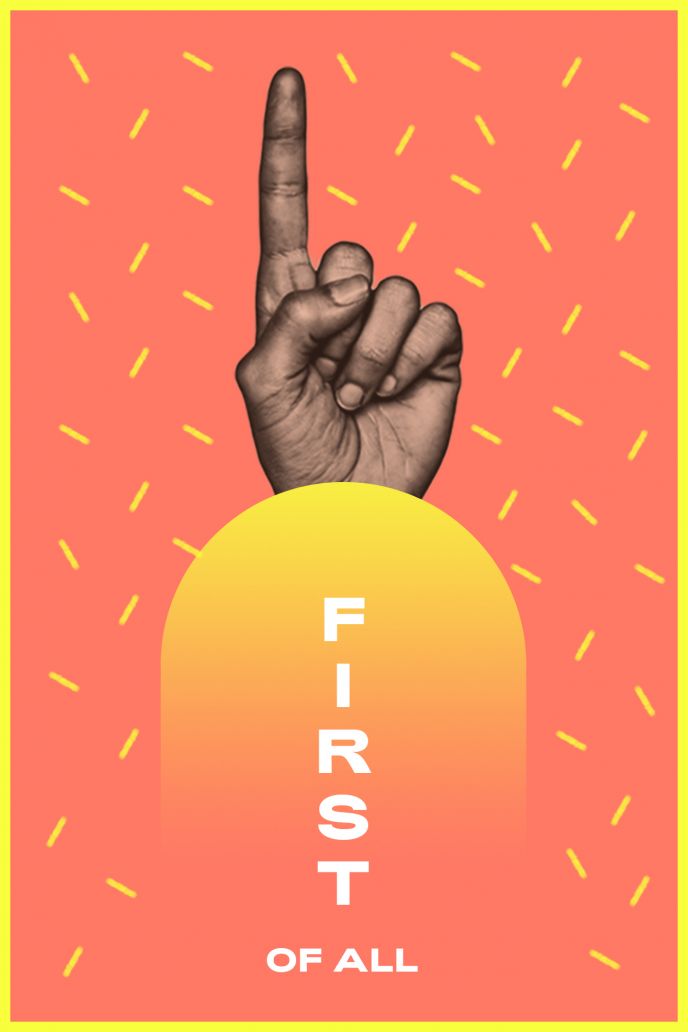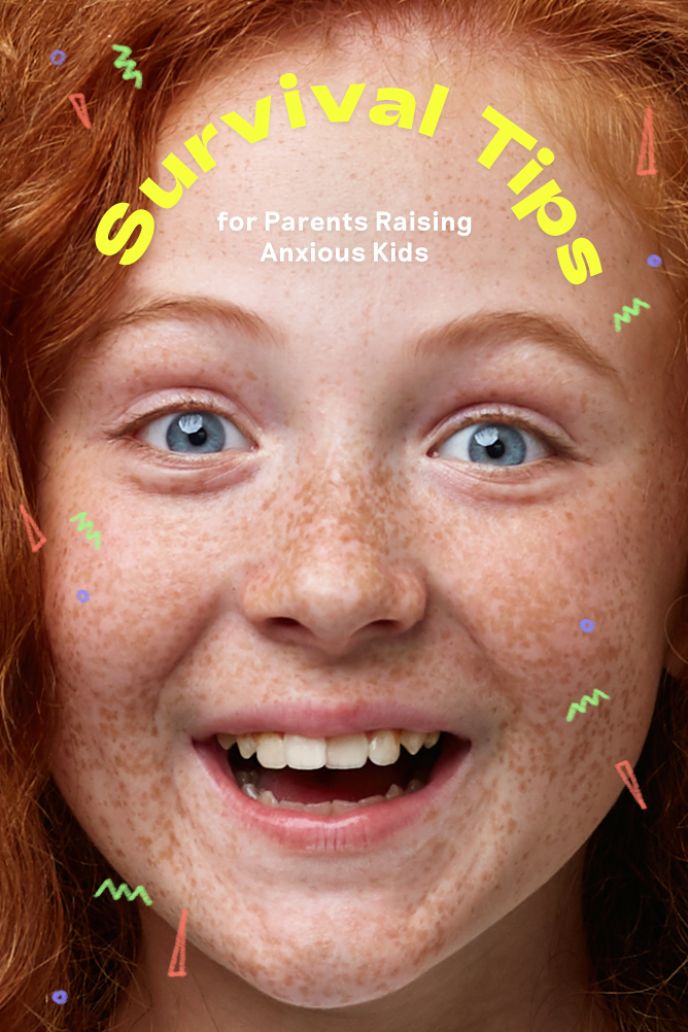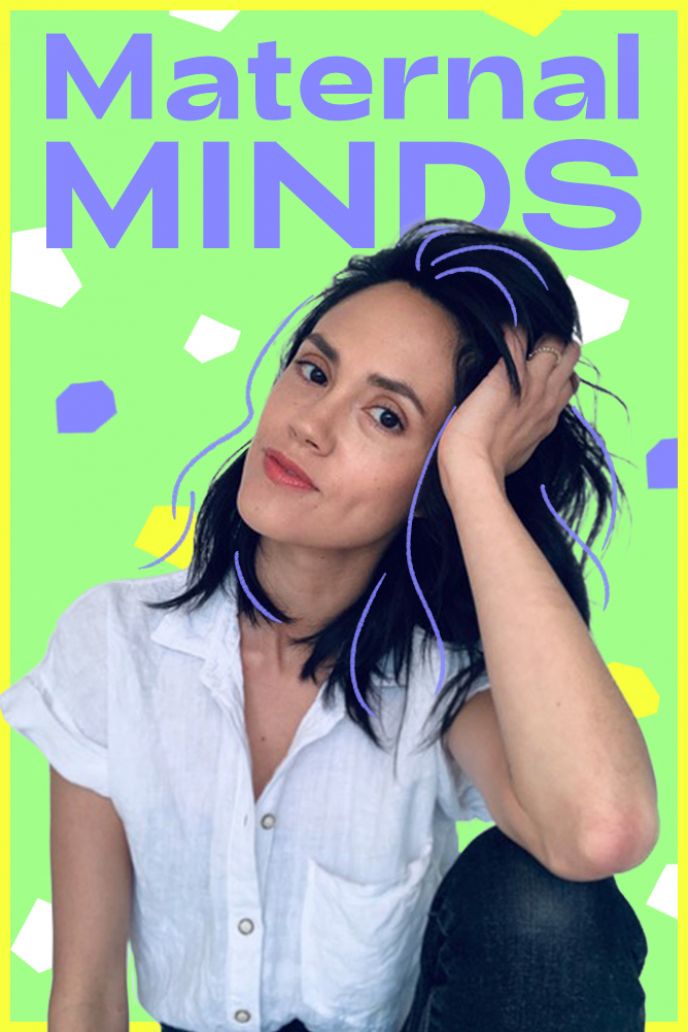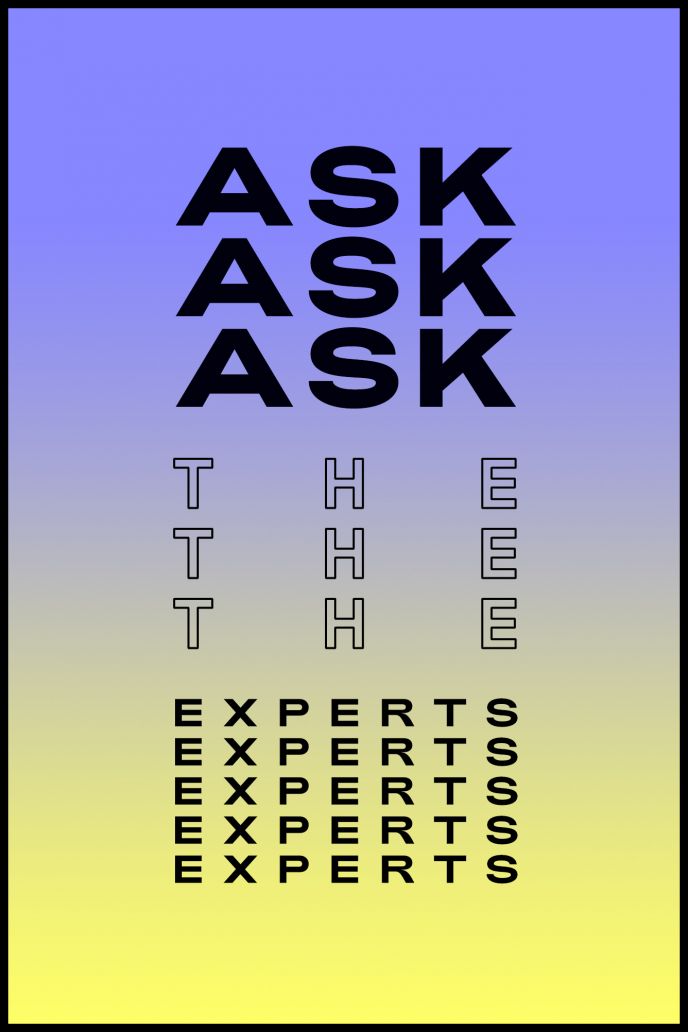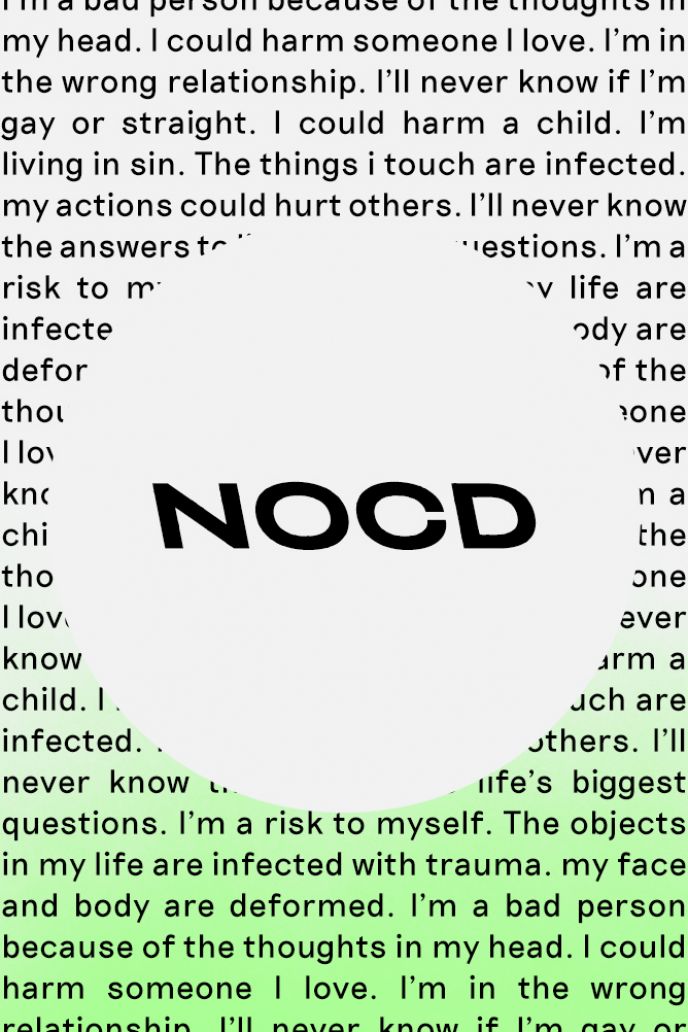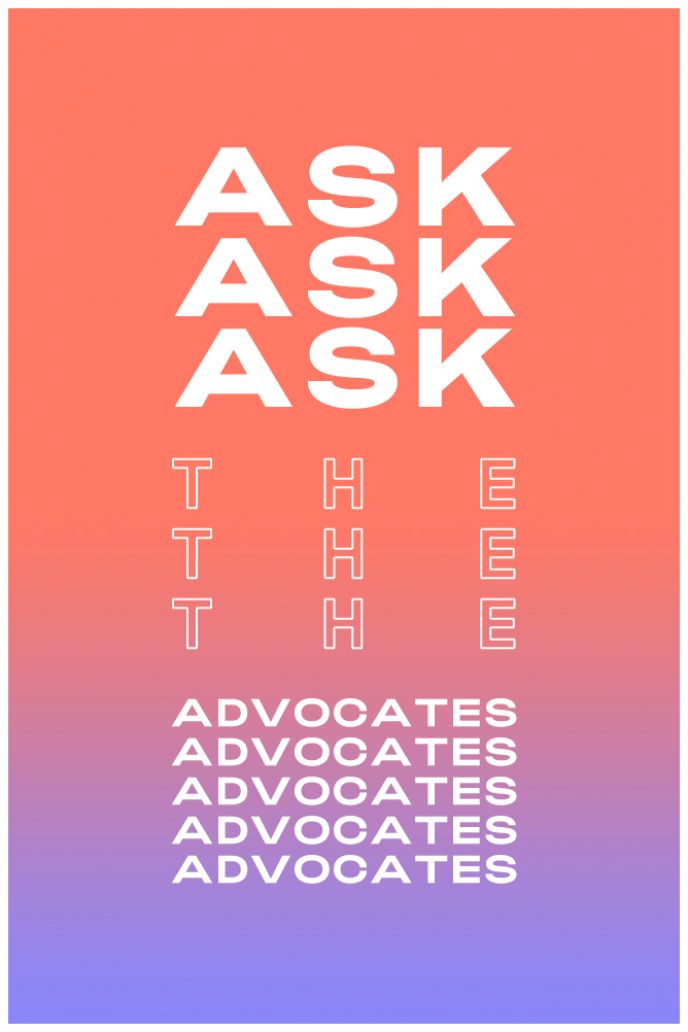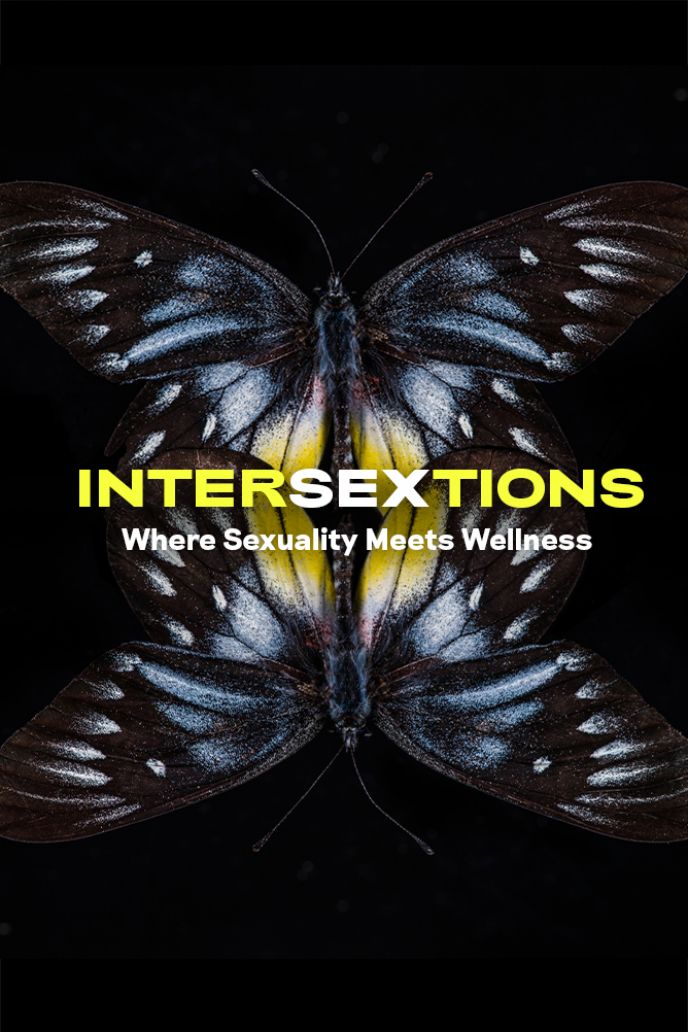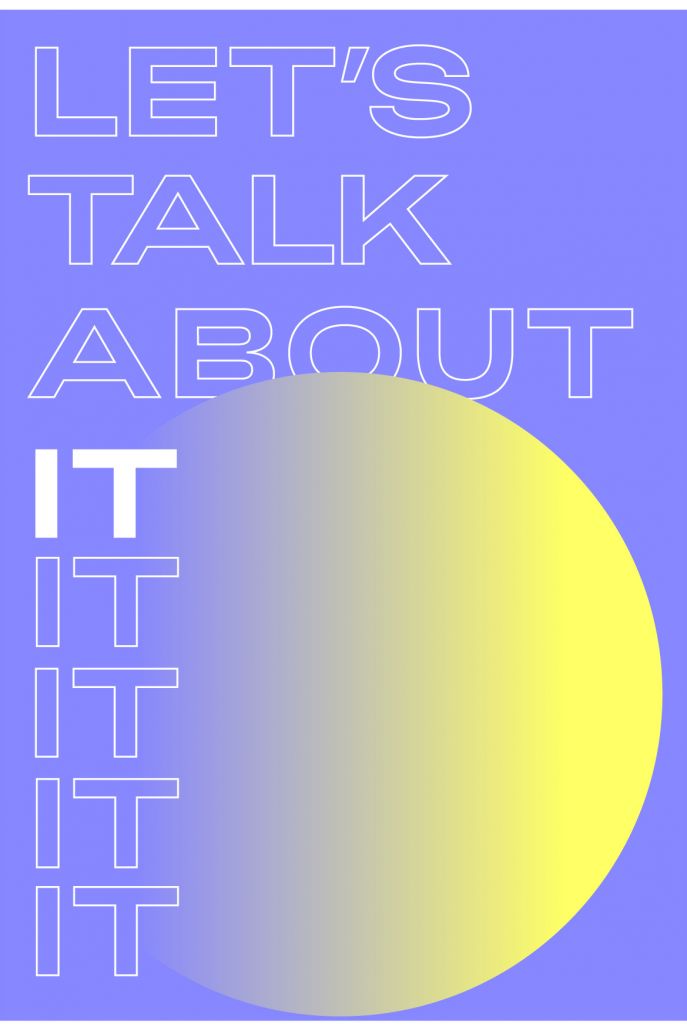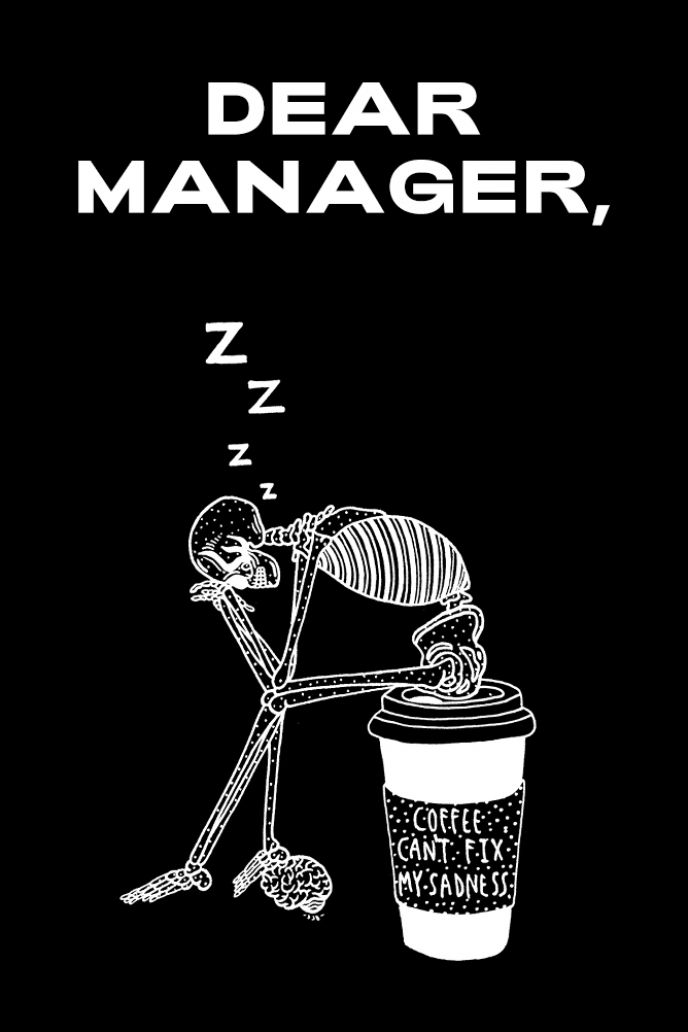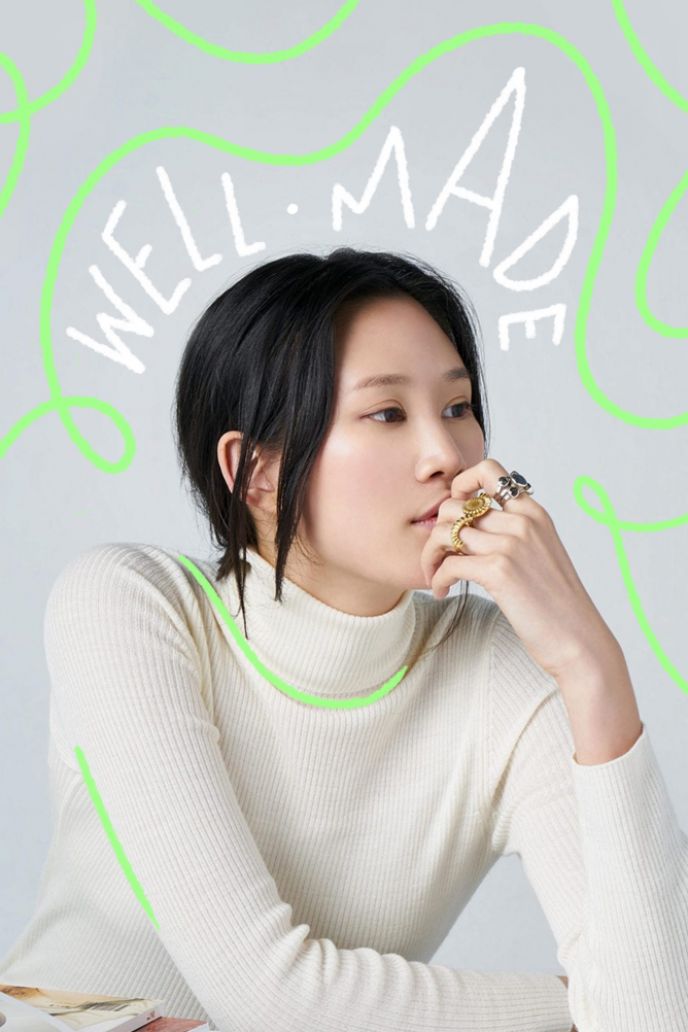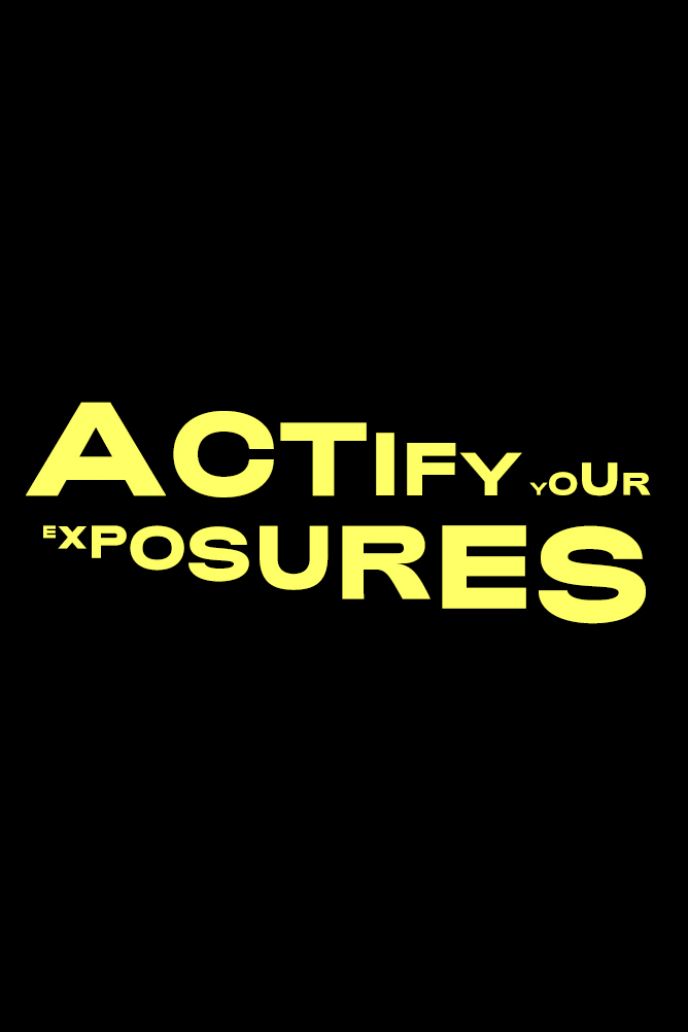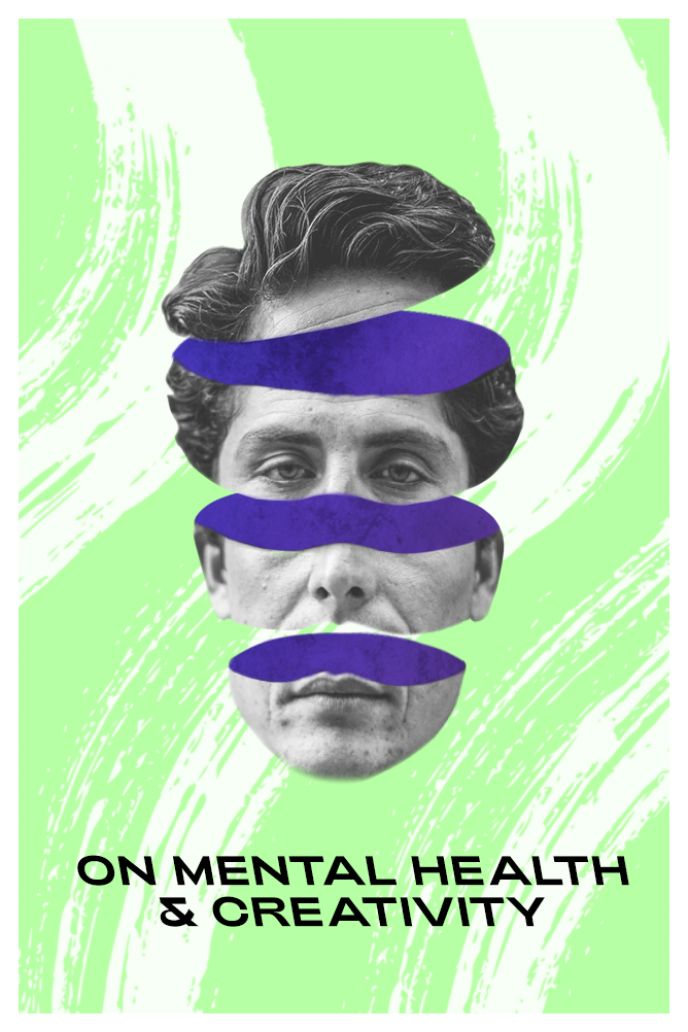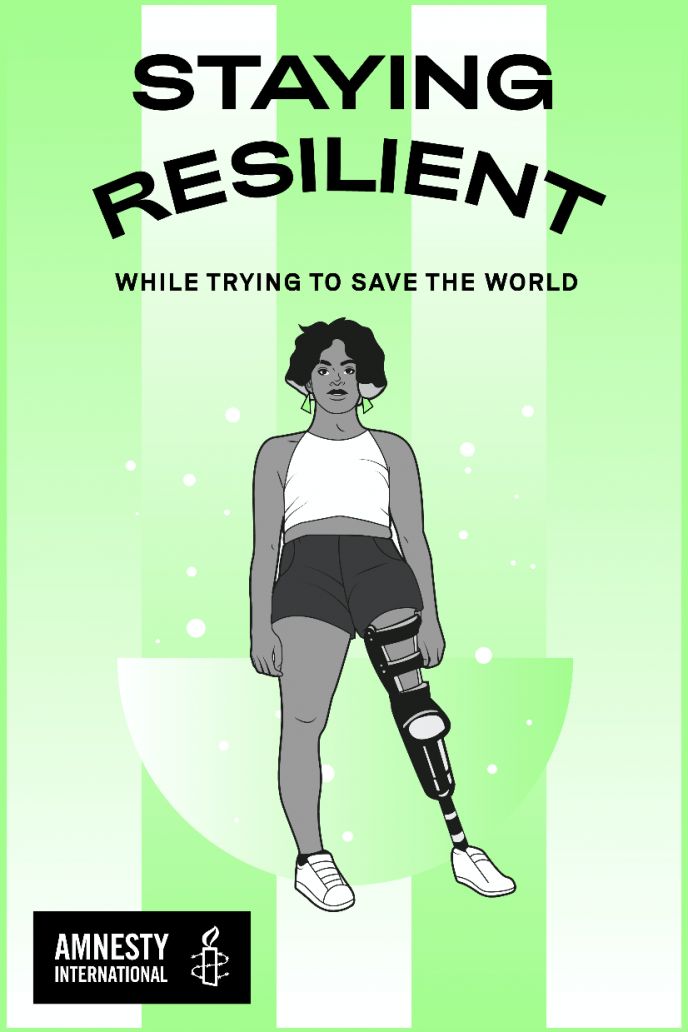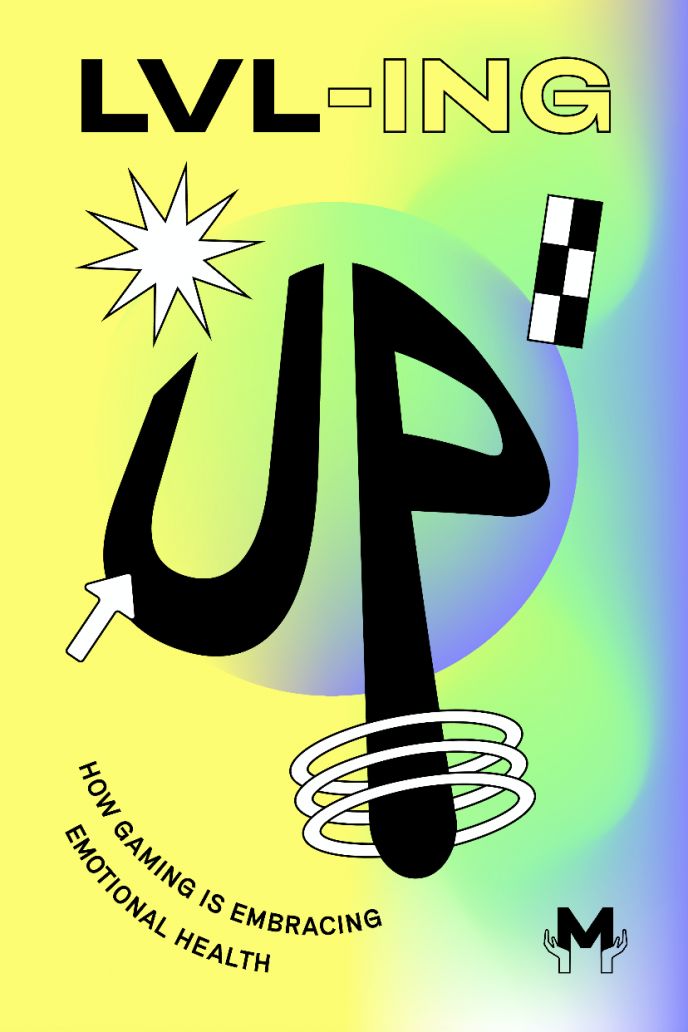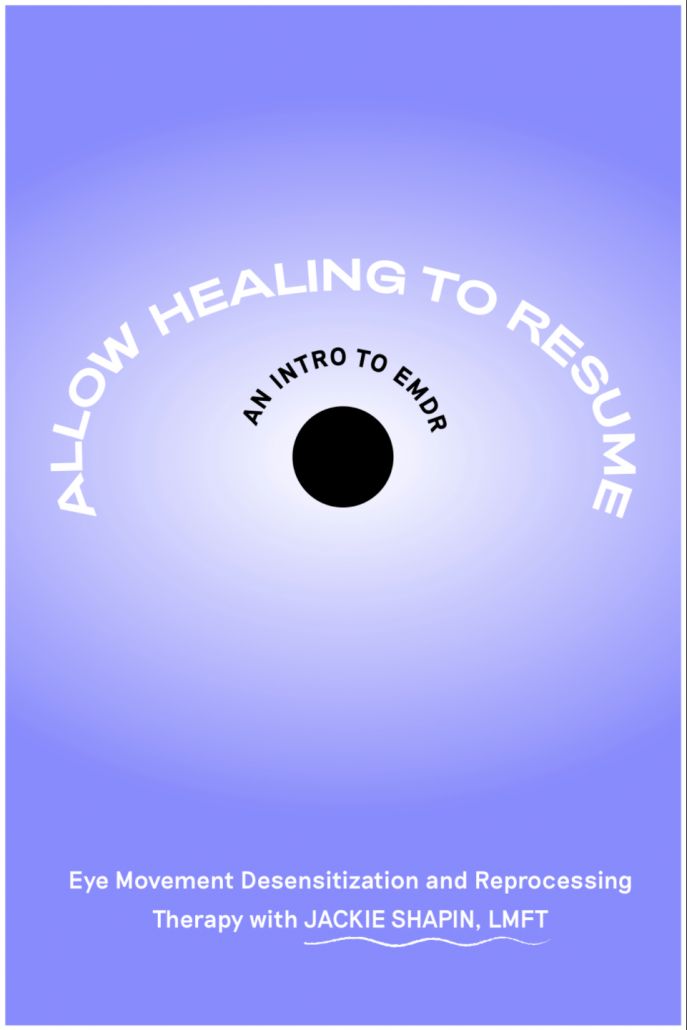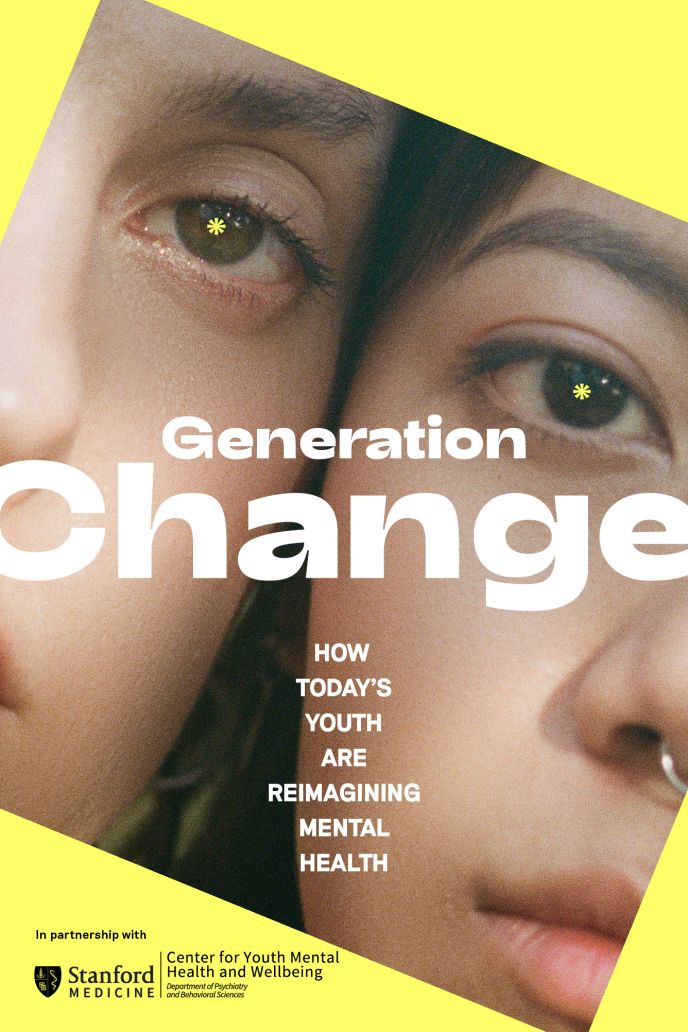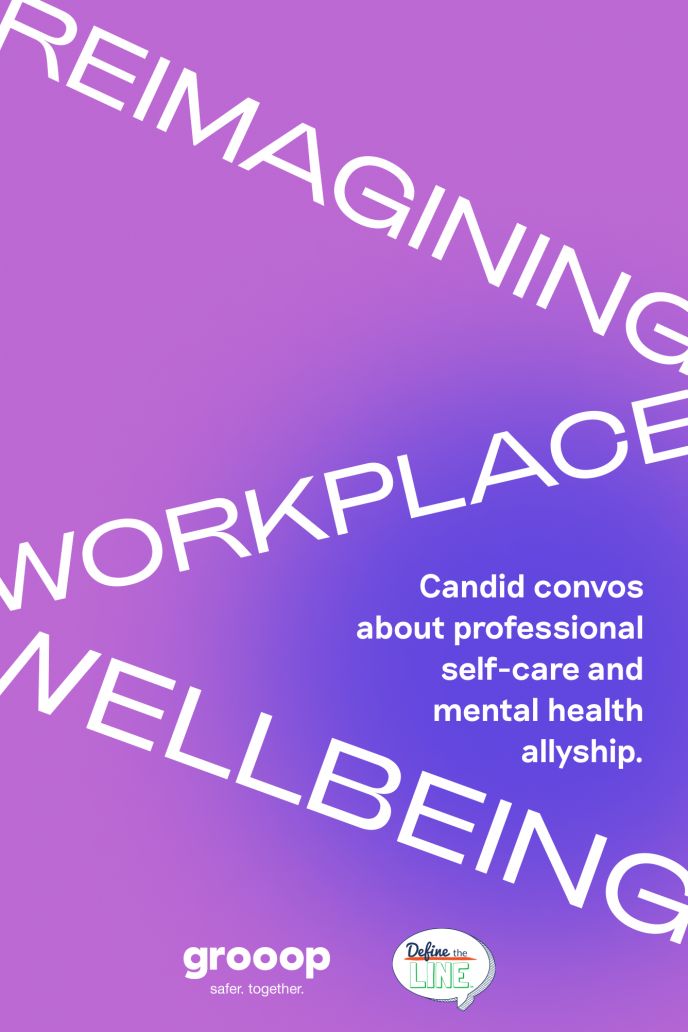Finding Release Through Art Therapy
The positive effects that art creation can have on those suffering from anxiety disorders.
Written by Jana K. Hoffman
01 The process of making art can be extremely therapeutic and help OCD sufferers cope with their anxiety.
02 Art therapy is about the creation process and not the end result. Anyone can partake in art therapy.
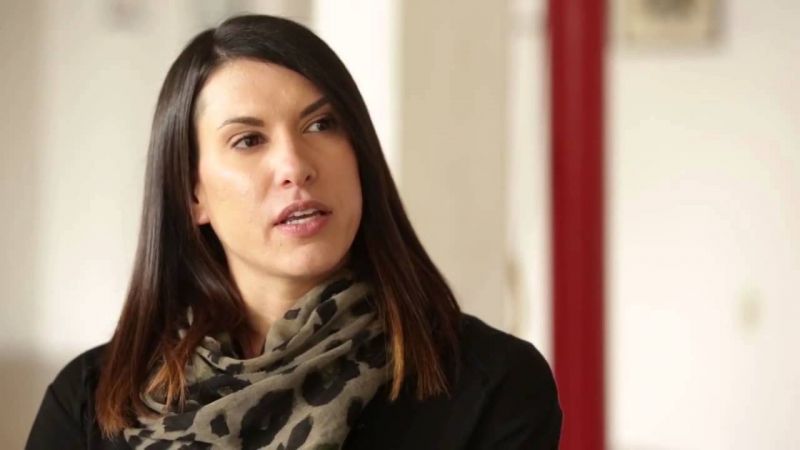
OCD3, Ep7: Finding Release through Art Therapy
Art is a universal language. Within each and every one of us there is a creative instinct. Sometimes that creative instinct is worth exploring as a way to cope with chronic anxiety disorders like Obsessive Compulsive Disorder (OCD). Now, you may be thinking but I’m not artistic. That’s OK. It’s actually the process of art making that matters, not the end product. We sat down with art therapy student Jessica Hoffman, who tells us how the process of creation can lead to cathartic release.
First, you must understand the difference between art therapy and art as therapy. Art therapy is the process of creation. It can be painting, drawing, sculpting, welding, etc. According to Hoffman, art therapy is a viable outlet for people who don’t know how to verbalize their feelings during traditional psychotherapy or talk therapy sessions. Art therapy allows someone to set goals and create in a safe space under the supervision of a professional.
Art as therapy allows someone to enter a cathartic state through creation that aligns with the therapeutic qualities of meditation. You’re focused solely on creating, nothing else. It could also allow someone to cope. An example might be that you make a mistake on paper using marker that can’t be erased. Hoffman explains that instead of focusing on the mistake, a person would seek to adapt and “go with the flow.” If you can adapt during the artistic process, you can adapt to similar situations in real life, which could translate when someone experiences intrusive thoughts.
For someone who has OCD or intrusive thoughts, art therapy could aid Exposure and Response Prevention (ERP) therapy. In this way, a person may be asked to draw their intrusive thought as a form of exposure. If you and your behavioral therapist decide to include art therapy as an adjunct to ERP therapy, it’s critical that neither you nor your therapist assigns meaning to the artistic representation of the thought. This method could help curb anxiety associated with intrusive thoughts. To find an art therapist in your area, visit http://arttherapy.org/.
If you believe intrusive thoughts could be affecting your ability to lead a normal life, contact a local psychologist to start on your personal path toward healing. Art therapy may complement treatment and should be done in conjunction with not instead of traditional methods.
Read full video transcript below:
Aaron Harvey (AH): Jessica, thanks for joining me today and having us down to your amazing gallery space. Today, we want to learn a little bit about art therapy and how that might relate to OCD or anxiety disorders in general.
Jessica Hoffman (JH): So how I got involved a little bit was through my own art making and realizing that art was not so much about the product of art, but the process itself. Seeing the joy that people get out of making art, going through struggles, is really something beautiful, and I wanted to really follow that. So yeah, there’s a big gap with mental health issues today, and really, no one should be facing that alone.
AH: Can you tell us a little bit more about art therapy? What is it? How does it work?
JH: So it really is kind of accessing parts of the brain that are tough to bring out in psychotherapy and traditional talk therapy. So for somebody who doesn’t quite know how to verbalize what they're feeling, it certainly opens up the doors to allow that to happen through the creative process. Art therapy is setting goals and being in a safe space with a trained professional.
AH: It's really about the process, not the outcome.
JH: Absolutely.
AH: So for someone who maybe is not a professional artist, it's really investing their time in going through the process and learning from it. I’ve read that art therapy works well with anxiety disorders. OCD is an anxiety disorder. How does someone suffering from anxiety benefit from art therapy?
JH: The process of art itself and creating in general, that flow that you kind of reach, that catharsis, that release, is meditative. So you get into this state of creation with materials that allow you to be focused solely on creating. And not other thoughts or other worries. Just getting those thoughts out, getting those images out, that stress out, it’s definitely a cathartic release in that way. It also acts as a way to cope. You use a controlled material, like a marker, where you can’t erase it. That mark is already down on the paper or the canvas. You tell yourself you made a mistake, but it’s about adapting and kind of going with the flow of it. So if you’re able to do that, in an artistic process, you’re able then to adapt to real life. An art therapist might ask a client or patient to draw an intrusive thought and that’s kind of a form of exposing them to that fear or that thought and just kind of working through that process. But allowing, too, maybe that frustration of those thoughts to let that come out with the art materials physically. It's really getting it out and moving on from it.
AH: Assigning no value to it, basically.
JH: Yeah. Assigning no value.
AH: Personally, as a sufferer of OCD, I found a lot of therapy through making music, working in a creative agency, having a sense of community. Can you tell us a little bit about group art therapy?
JH: Just overall being surrounded by others that you can relate to and also can relate to you is huge in getting through anything or dealing with intrusive thoughts. You're just more prone to open up to the people that understand you. Art is a universal language. Everybody has that within them somehow. That creative process. And that creativity. You can visit arttherapy.org to find an art therapist in your area. And also, most importantly, because everyone's different, talk to your doctor about what treatment might work for you the best.
About the author
Jana Hoffman is a writer, editor and storyteller based in San Francisco. She is currently working as a copywriter at the Chan Zuckerberg Initiative. Outside of work, she is a trained volunteer for Crisis Text Line and has been open about her experiences with mental health.
Support our work
We’re on a mission to change how the world perceives mental health.
